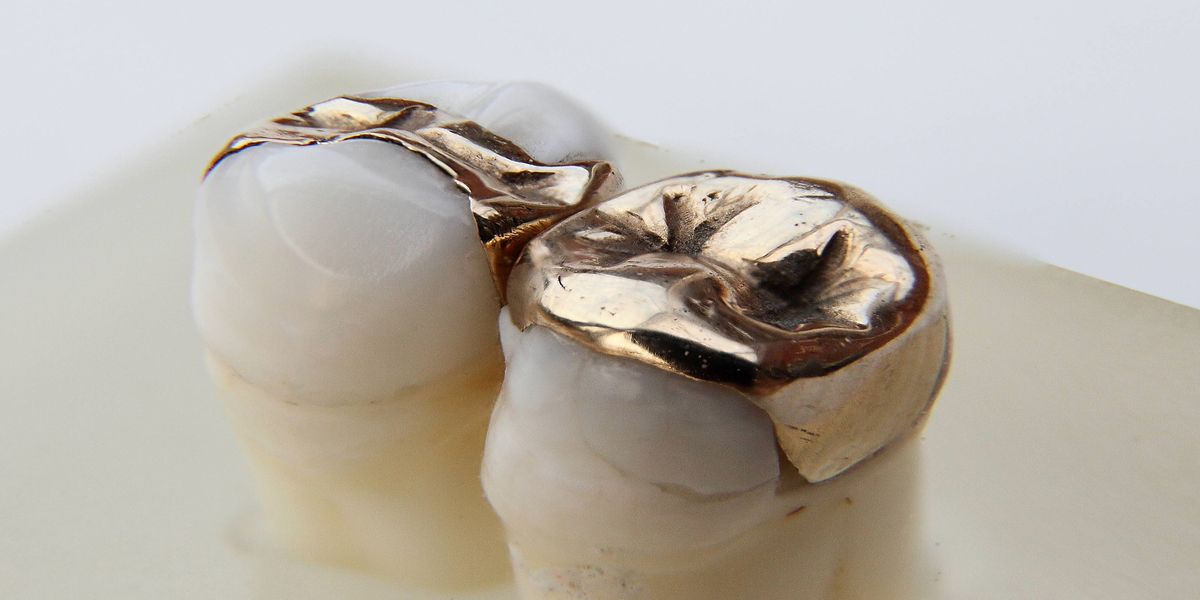Dental inlays and Onlays repair cracked, fractured, and decayed teeth. Inlays and Onlays solve whether you should go with fillings or crowns.
Sometimes the damage in the teeth is too severe for a simple filling. However, the teeth still have enough healthy structure to avoid a crown. Our dentist at Newmarket dental office wants to save your teeth as much as possible. It is why he will use inlays and Onlays. The beauty of inlays and onlays is that they repair your teeth by preserving their remaining healthy parts.
The difference between dental inlays and Onlays
They are the same in purpose. Their difference lies in the extent to which they repair. Inlays restore tooth edges that have been damaged. These are also known as cusps. Onlays, on the other hand, cover one or more cusps.
The procedure
Feel free if you are getting dental inlays and Onlays for the first time. Your dentist will make sure that you are comfortable throughout the whole process.
Getting inlays and onlays takes two appointments. Our dentist must fix the decay and tooth damage during the first visit. He will also remove old fillings that you might have. You will be under local anesthesia during this time so that you won’t feel any pain. He will take an impression of your teeth which will be sent to a dental lab. You will receive a temporary restoration for your teeth until you return for your next appointment. The people in the dental lab will ensure that your inlay and Onlay will match the colour of your natural teeth.
On your second appointment, our dentist at Newmarket dental office will now fit your permanent restoration. After ensuring it fits you well, he will bond to your teeth with a resin adhesive.
What are the benefits of inlays and Onlays?
- The preservation of your natural teeth structure because the dentist directly bonds inlays and onlays to the teeth.
- Compared to fillings, this type of dental restoration is more durable. They can last for up to thirty years with proper care and hygiene.
- Since dental inlays and Onlays are custom-fit to the mouth, they provide a better fit. It also ensures that bacteria do not enter the teeth again.
- They do not expand and contract like dental fillings.
- Inlays and Onlays are more resistant to staining and discoloration of the teeth than fillings and crowns.
Suppose you are still trying to decide whether inlays and Onlays. Consult our dentist about whether this fits you. The doors of our Newmarket dental office are open for questions and clarifications.

